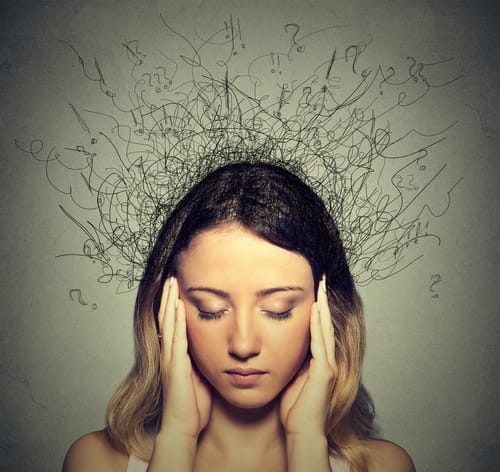Anxiety disorders are the most common type of mental illness among children and teens today. According to the National Institute on Mental Health, the lifetime prevalence of anxiety disorders may be as high as 25 percent, while severe disorders occur in nearly six percent of the population. Although treatment of anxiety disorders has a relatively high success rate, only a small number of these disorders are properly addressed. It is important for parents to learn to recognize the symptoms of anxiety disorders, since these conditions can lead to additional mental health or substance use disorders if left untreated.
Types of Anxiety Disorders
There are a number of types of anxiety orders that could affect younger individuals. Some may even have the symptoms of more than one of these disorders:
Generalized Anxiety Disorder
This disorder entails excessive worry or anxiety about many different types of things or activities. Because the feelings are not triggered by a single issue, they can be prevalent much of the time.
Social Anxiety Disorder This condition is characterized by intense fear or worry of social situations or performing in front of people. It can prevent teens from participating in some types of social activities or even from going to school.
Obsessive-Compulsive Disorder Also known as OCD, this disorder involves uncontrollable, unwanted thoughts or fears that result in repetitive behaviors. For example a person afraid of germs may wash their hands so frequently, their skin becomes chapped and raw.
Panic Disorder
Teens with this condition have physical bouts of panic that might include difficulty breathing, a racing heart and a sense of impending danger. Agoraphobia develops when the teen becomes so focused on avoiding panic attacks, they avoid situations or locations where the attacks might occur.
Phobias
A phobia is an intense, irrational fear of a specific thing or situation. Some of the more common types of phobias include fear of insects, water, heights, needles or loud noises. When not confronted with the precise fear, the teen is able to function as normal.
Separation Anxiety Disorder
Often seen at an early age, this condition is characterized by a fear of being separated from parents or caretakers. Children and teens with this disorder may worry excessively that something will happen to their parent or their parent will not return as promised.
Post-Traumatic Stress Disorder
This disorder occurs after a stressful or traumatic event and involves re-living the event or experiencing terrifying associations with the event. Common causes of post-traumatic stress disorder include natural disasters, physical assault or a violent accident.
The Impact of Anxiety Disorders
Anxiety disorders can be debilitating and directly affect a teen’s quality of life and even the ability to grow and develop properly. These conditions can also greatly increase the risk for substance abuse disorders as some teens may try to mask their anxiety symptoms with drugs or alcohol. The good news is anxiety disorders are very treatable today, thanks to a combination of effective medications and therapy options.
If your teen is struggling with substance abuse and a mental health disorder like anxiety, we can help. Contact the staff at Visions Adolescent Treatment Centers today at 866-889-3665.
Originally posted on January 29, 2016 @ 12:38 pm








